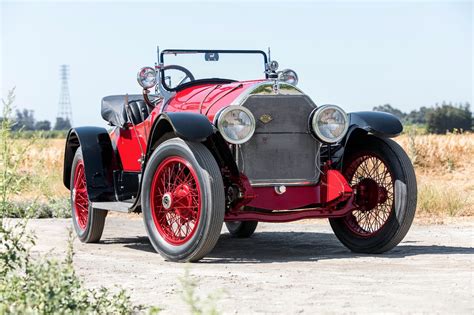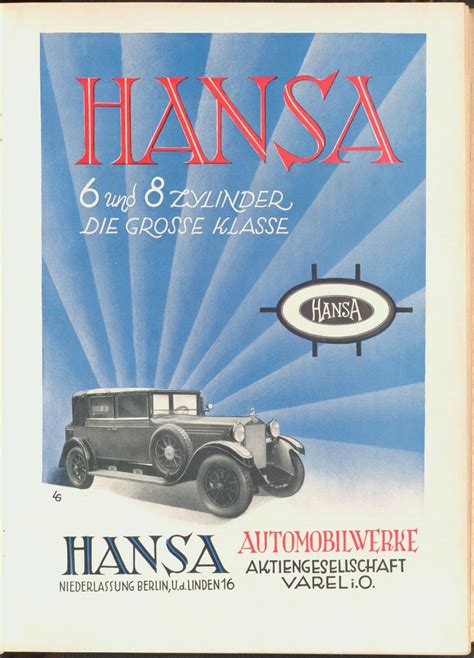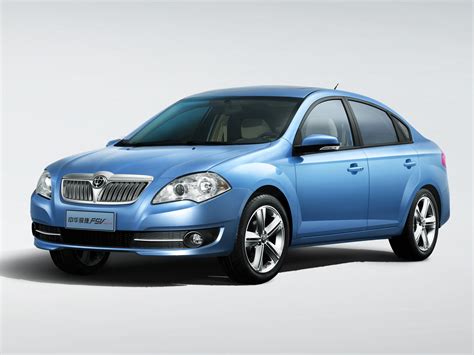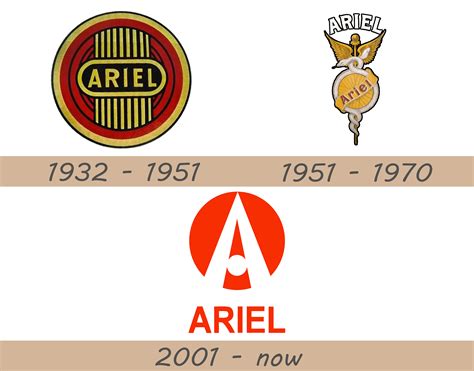Explore the founding, marketing strategy, impact, and discontinuation of Scion in the car industry. Learn about the unique approach and influence of this brand.
The Founding of Scion
Contents
Scion was founded in 2002 as a subsidiary of Toyota Motor Corporation with the aim of targeting younger car buyers. The idea behind the founding of Scion was to create a brand that could appeal to a demographic that was not being catered to by traditional car manufacturers.
In its early years, Scion focused on creating unique marketing campaigns and building a strong online presence to connect with its target audience. The brand’s approach to marketing was unconventional, relying heavily on social media and grassroots events to create buzz around its vehicles.
As part of its marketing strategy, Scion also offered a wide range of customization options, allowing buyers to personalize their vehicles according to their tastes. This approach set the brand apart from its competitors and helped to solidify its image as a forward-thinking and innovative car company.
The founding of Scion marked a significant shift in the car industry, as it demonstrated that there was a demand for vehicles tailored specifically to the preferences of younger consumers. By identifying and catering to this niche market, Scion was able to carve out a unique position for itself in the automotive landscape.
Scion’s Unique Marketing Strategy
One of the key factors that set Scion apart from other car companies was its unique marketing strategy. Instead of traditional advertising methods, the company focused on creating a community and lifestyle around its brand. Scion targeted young buyers who were looking for something different from the mainstream car market.
The company leveraged social media and grassroots events to engage with its target audience. They hosted concerts, art shows, and other events that appealed to the younger demographic. This approach allowed Scion to build a strong connection with its customers and create a sense of belonging to a unique community.
Another innovative aspect of Scion’s marketing strategy was its no-haggle pricing. The company offered a transparent pricing model, which appealed to the younger generation who valued honesty and simplicity in their buying experience. This approach eliminated the stress and uncertainty of negotiation, making the car-buying process more straightforward for customers.
Scion also partnered with non-traditional sales outlets such as clothing stores and skate shops to reach a wider audience. This unconventional approach helped the brand stand out and attract customers who may not have considered a Scion otherwise.
Introduction of Scion’s First Models
When Toyota launched the Scion brand in 2003, it aimed to attract a younger demographic with a lineup of innovative and affordable cars. The first models introduced were the xA and xB, which were both released in June 2003. These compact cars were designed to be stylish, practical, and fun to drive, making them the perfect choice for young drivers looking for something different in the car market.
The xA was a sleek and sporty five-door hatchback, while the xB was a boxy and distinctive compact wagon. Both models were equipped with a range of features, including a Pioneer audio system, power windows, air conditioning, and keyless entry. With their modern design and customizable options, the xA and xB quickly gained popularity among young car enthusiasts.
In addition to their unique design, the xA and xB were also praised for their fuel efficiency and affordable price point. This made them an attractive option for college students, first-time car buyers, and anyone looking for a reliable and stylish vehicle. The introduction of these first models marked the beginning of Scion’s journey into the automotive market, setting the stage for the brand’s commitment to innovation and youth-oriented appeal.
As a result, the xA and xB quickly gained a dedicated fan base and established Scion as a bold and unconventional player in the car industry. The success of these first models paved the way for the release of additional innovative vehicles, reinforcing Scion’s position as a brand that constantly pushes the boundaries of traditional automobile design and marketing.
Scion’s Impact on the Car Industry
Scion, the now-discontinued brand of vehicles by Toyota, made a significant impact on the car industry during its relatively short existence. One of the most notable ways in which Scion influenced the industry was through its unique approach to marketing and targeting younger consumers. By using non-traditional advertising methods and hosting events and parties, Scion was able to attract a new generation of car buyers who were looking for something different from the typical car dealership experience.
Furthermore, Scion’s introduction of customizable and affordable vehicles also had a lasting impact on the industry. With options for personalization and a focus on value, Scion tapped into the desires of younger drivers who wanted a car that reflected their individuality without breaking the bank. This approach prompted other car manufacturers to reconsider their strategies and develop more customizations and affordable options for their own models.
Additionally, Scion became known for collaborating with artists and designers to create special edition vehicles and unique accessories, further solidifying its reputation as a brand that catered to the younger demographic. This emphasis on creativity and collaboration inspired other car companies to explore similar partnerships and expand their offerings beyond the standard vehicle lineup.
In conclusion, despite its discontinuation, Scion’s impact on the car industry can still be felt today. The brand’s innovative marketing strategies, focus on customization, and partnerships with artists and designers have influenced the way car manufacturers approach and engage with younger consumers, leaving a lasting impression on the industry as a whole.
Discontinuation of the Scion Brand
The Discontinuation of Scion marked the end of an era in the automotive industry. In 2016, Toyota made the announcement that it would be discontinuing the Scion brand. This decision was made in response to changing consumer preferences and market trends. Despite being popular among younger buyers, Scion had been struggling to maintain its relevance in the competitive car market.
Reasons for Discontinuation
Several factors contributed to the demise of the Scion brand. One of the main reasons was the lack of distinctive models that set Scion apart from other car manufacturers. Additionally, the brand’s marketing strategy, which initially targeted younger consumers, failed to keep up with evolving trends in the automotive industry. As a result, sales had been declining, and Toyota ultimately made the decision to discontinue the brand.
Impact on the Car Industry
The discontinuation of Scion sent ripples through the car industry. Many industry experts and enthusiasts were saddened by the news, as Scion had been known for its innovative designs and affordable pricing. The brand had also served as a platform for launching new ideas and concepts in car manufacturing. The void left by Scion’s departure left a gap in the market that other car companies were eager to fill.












